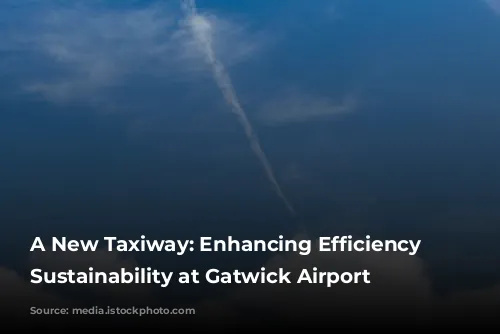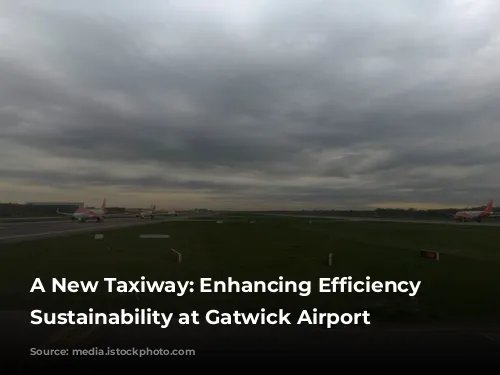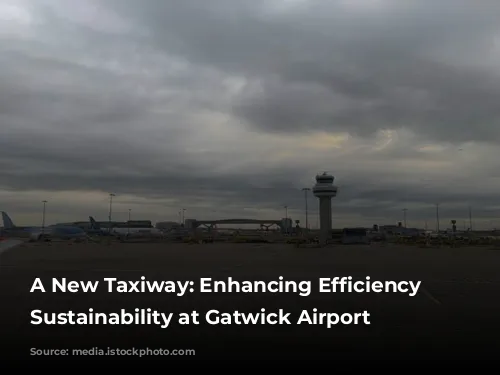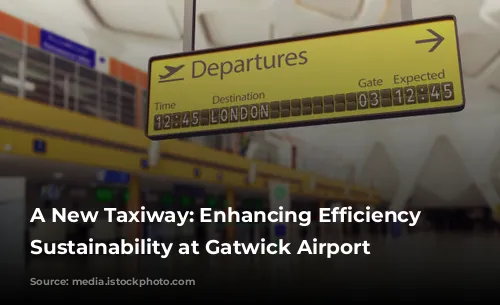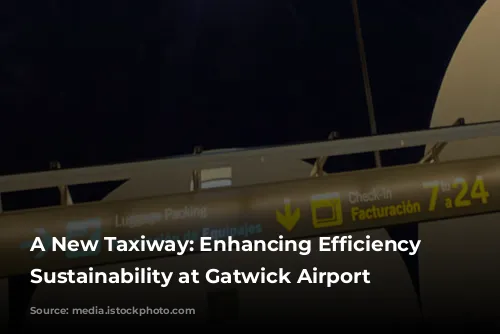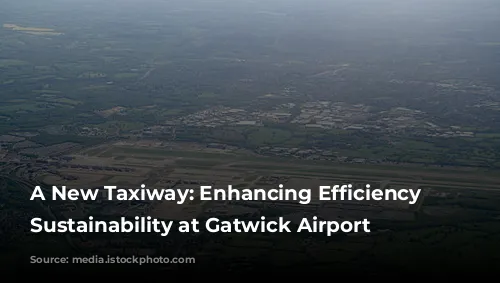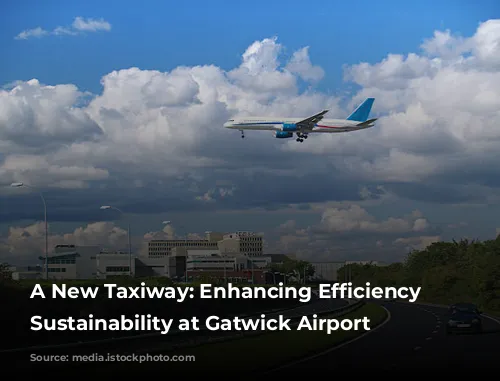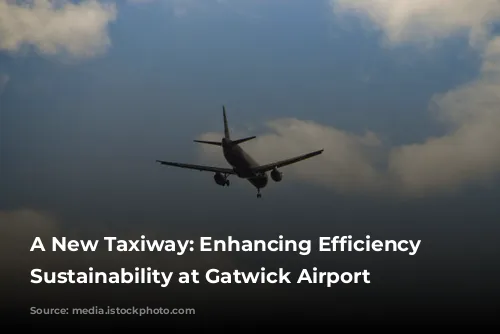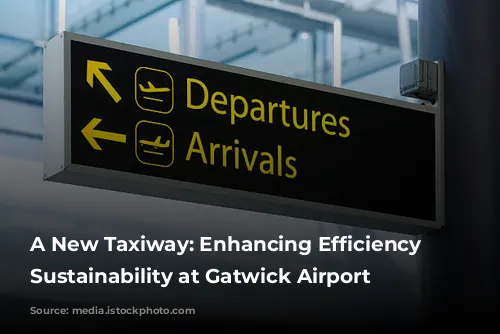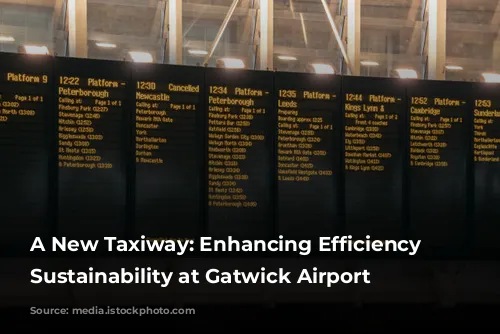Gatwick Airport has recently unveiled a new taxiway, a vital addition to its infrastructure that has already significantly improved aircraft flow and reduced delays. In the first four days of its operation, a remarkable 56% of arriving aircraft utilized the new taxiway.
Addressing a Longstanding Issue: The Need for a New Taxiway
Previously, arriving aircraft often missed the first exit point on the runway, leading to congestion and delays. This challenge stemmed from the fact that pilots, upon landing, have a limited visual perspective of the runway’s layout and available exits due to their limited altitude and the speed at which they are descending. The runway, at just 3.2km long, doesn’t offer much room for error, especially given the high landing speeds.
The combination of landing speeds and a limited visual perspective meant that pilots had a small margin for error when aiming for the first exit. This was further complicated by delayed landings, exacerbating the issue.
A More Optimal Solution: Designing and Constructing the New Taxiway
Gatwick Airport recognized the need for a more strategically positioned exit, and they decided to build a new taxiway with a faster exit route, better serving landing aircraft. This initiative began in 2020, but was paused due to the pandemic. The pause, however, proved to be a silver lining: It allowed the project team to re-evaluate and optimize the design, leading to a 10% reduction in carbon emissions compared to the original plan.
Sustainability at the Forefront: A Commitment to Responsible Construction
This commitment to sustainability, a key focus during the pandemic, is reflected in the Gatwick Airport team’s dedication to minimizing environmental impact. They identified areas for improvement and ultimately achieved significant savings in construction materials, which directly reduced their carbon footprint.
Overcoming Challenges: A Symphony of Collaboration
Building the new taxiway involved a complex and challenging process. The main runway had to be taken out of service periodically, requiring aircraft to use the auxiliary north runway. The close proximity of the work site to the north runway presented further obstacles: The team had to constantly adapt their operations to accommodate the passing A380 aircraft.
A Collaborative Effort: Teamwork Makes the Dream Work
The project’s success rested on the strong partnership between the airport and its contractors. To facilitate a smooth and efficient workflow, airport staff were seconded to the project team, allowing them to work directly with the contractors and optimize their plans.
Weather Delays and Future Plans: An Unwavering Commitment to Growth
Weather delays were an inevitable hurdle, impacting the project’s timeline and pushing the team to find creative solutions to maintain the airport’s operations. Despite these setbacks, Gatwick Airport remains committed to its ambitious plan to bring its northern runway into full-time use, which will ultimately increase its capacity, enhance its resilience, and support its projected growth to 75 million passengers annually by the late 2030s.
The new taxiway marks a significant milestone for Gatwick Airport, showcasing its commitment to both efficiency and sustainability. By streamlining operations, reducing delays, and minimizing its environmental footprint, the airport is poised to meet the growing demand for air travel while upholding its commitment to responsible development.
